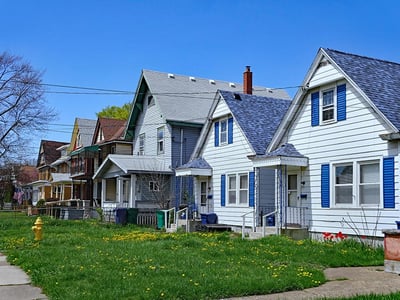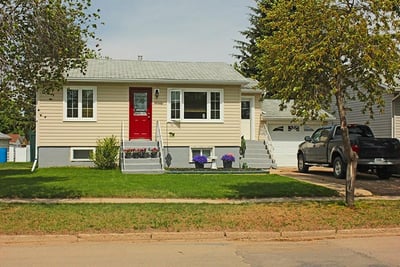Page 9 81 - 90 of 143
Can Opportunity Zone Investments Be Used for Housing?

While you mainly hear about opportunity zone investments for businesses, some investors wonder if they can use investments in Qualified Opportunity Zones (QOZs) for housing. The answer, with stipulations, is yes, but the housing must meet specific requirements to qualify. Opportunity zones were established in 2017 under the Tax Cuts and Jobs Act to boost the real estate in certain areas of the United States. Investors can purchase real estate in these designated zones through Qualified Opportunity Funds (QOFs). Investments can be for many types of real estate including commercial, multi-family, or single-family housing, under certain conditions.
Can Municipalities Use Opportunity Zone Funds?

As part of the 2017 Tax Cuts and Jobs Act, Congress created the Investment in Opportunity Act, better known as the Opportunity Zone program. This legislation allows taxpayers to defer paying taxes on capital gains by reinvesting the gains into specifically designated areas known as Qualified Opportunity Zones.
What Are Keystone Opportunity Zones?

Since its inclusion as part of the 2017 Tax Cuts and Jobs Act, the Opportunity Zone Program has been discussed and debated for both its benefits and shortcomings. Introduced as a way to funnel private monies into federally designated Qualified Opportunity Zones (QOZs), the program’s goal is to boost economic and business development in lower-income areas. In return, investors receive tax advantages for placing their capital gains into Qualified Opportunity Funds (QOFs).
Can Banks Use Opportunity Zones?

Mention the term “opportunity zone,” and what might come to mind are “capital gains,” “investors,” and “tax deferral.” Basically, entities can invest capital gains from the sale of assets into Qualified Opportunity Funds (QOFs) to defer any taxes on those profits.
Can a C Corp Invest in an Opportunity Zone?

Much of what has been written about the Opportunity Zone program seems to focus on individual investors and specially formed LLCs that are treated as partnerships or corporations. In these arrangements, such entities funnel capital gains created from the sale of investments into Qualified Opportunity Funds (QOFs). Those funds are then invested in Qualified Opportunity Zones, or QOZs.
Are Parks Eligible For Opportunity Zones?

Qualified Opportunity Zones originated in the Tax Cuts and Jobs Act which became law in December of 2017. The relevant portion of the legislation allows investors to defer taxes on capital gains if they reinvest the proceeds into 8,700 designated areas called Qualified Opportunity Zones, which the federal government has highlighted as economically challenged.
Have Opportunity Zones Been Successful?

The Qualified Opportunity Zone program, introduced as part of the Tax Cuts and Jobs Act of 2017, allows investors to defer paying capital gains taxes by directing those gains into Qualified Opportunity Funds (QOFs). Those funds then move monies toward improving federally designated lower-income tracts. Now entering its fourth year, the program boasts more than 8,700 census tracts designated for QOZ funding.
How to Report Opportunity Zone Deferral

If you’ve been paying attention to our blogs, you know that we’ve been writing a great deal about the Qualified Opportunity Zone (QOZ) program. This program allows you to take the capital gains earned from the sale of assets, and redirect those gains toward a Qualified Opportunity Fund (QOF). The result, for you, is a deferral of taxes on those profits.
How Long After Realizing Gains Can You Reinvest Into Opportunity Zones?

Thanks to the Tax Cuts and Jobs Act, real estate investors who have capital gains income can benefit from tax incentives offered through the Qualified Opportunity Zone (QOZ) program. Investors can defer or even possibly eliminate a portion of their capital gains tax liability.
What Is the 20% Related Party Rule for Opportunity Zone Owners?

The 2017 Tax Cuts and Jobs Act is known for creating the Qualified Opportunity Zone (QOZ) program, which encourages real estate investors to invest in low-income communities with the intention to stimulate economic development and job growth. Under certain conditions, these private investments may be eligible for capital gains tax incentives. By investing realized gains in QOZs, investors can reduce capital gains tax liability or eliminate it altogether from future value appreciation on QOZ investments.
Page 9 81 - 90 of 143


